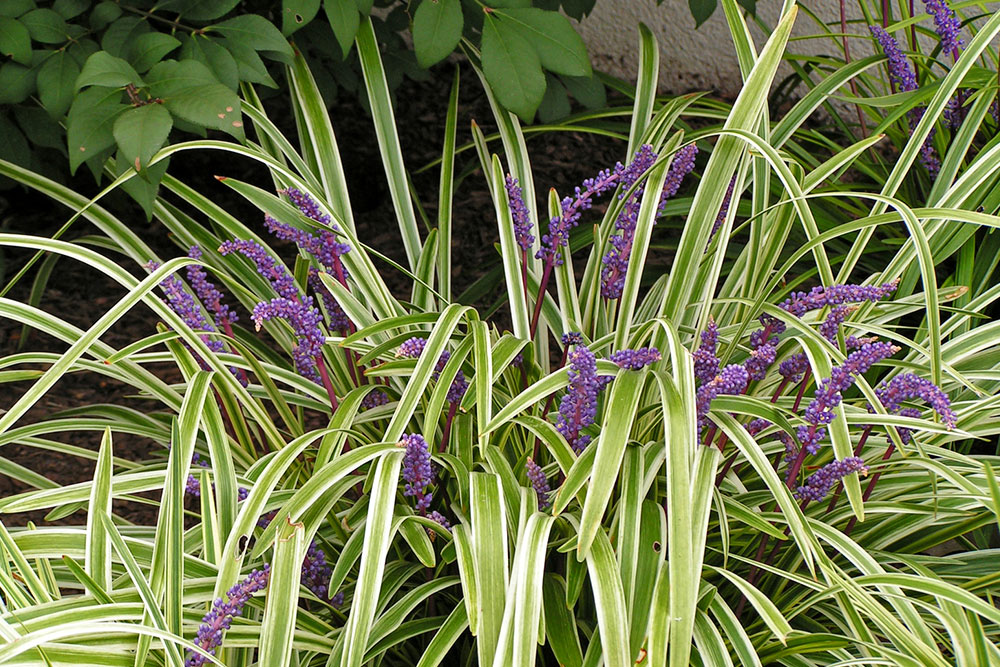3 Easy Ways to Get Rid of Fountain Grass
Fountain grass ( Pennisetum alopecuroides ) is a perennial ornamental grass that is often spotted on the side of the road in woodland regions. It thrives in the sun but can manage decent growth under the shade as well. Fountain grass seeds are dispersed by the wind, water, and even human activity. This fast-growing grass can tolerate droughts, take over the land, threaten biodiversity, and increase the risk of fire in the area.

Ways to get rid of fountain grass
1. Manual removal
One easy way to remove fountain grass is to opt for manual removal. But the approach taken for manual removal depends largely on the size of the grass.
- Seedlings and small plants can easily be removed from the roots when the soil is moist. Even when using other de-weeding practices, it is a good idea to remove any seedlings or saplings before they establish roots in the ground.
- It may not always be possible to pull out taller plants. In such cases, start by mowing or cutting back the grass as much as possible to easily access the plant’s roots. Next, pick up a spade, shovel, or garden fork to dig out the plant’s roots.
- The grass can also be smothered to ensure its removal. To do this, cut it back as much as possible, then cover it with cardboard, newspaper, or plastic. As the grass cannot thrive without the sun, it will not survive.
- In some scenarios, burning the weeds may also be a possibility. But this must be done in a safe and controlled manner, as fires can spread pretty quickly, especially in dry climates.
During manual removal, be sure to throw out the entirety of the plant immediately. If the seed heads are present, cut and bag them separately before tossing them into the bin. Allowing plant parts to collect to one side leaves room for seed dispersal, leading to the regrowth of the weeds.
2. Garden replacements
Fountain grass removal significantly disturbs the soil. There is also the looming danger of invasive regrowth, which can be difficult to deal with. To prevent this, one must invest in garden replacements. Think of planting other bush-friendly plants that can grow healthy roots to dissuade fountain grass growth on the property again.
3. Chemical removal
Removing fountain grass manually requires a lot of time, energy, and patience. Those looking for a quick solution can turn to chemical herbicides like glyphosate.
The biggest flipside to using glyphosate is that it will kill any plant it comes in contact with, so one must apply it carefully. Also, wait for a dry day to apply the herbicide so it does not spread by wind. For best results, follow the manufacturer’s instructions closely.
It is also possible to use a mix of physical and chemical removal methods for fountain grass. After mowing and removing as many plant parts as possible, apply a preemergent herbicide to the soil. This will prevent any leftover fountain grass seeds from sprouting. While doing so, please ensure the herbicide will not harm other nearby plants.
Alternatively, one can always contact professional landscaping companies who can help remove fountain grass from the yard without hassle. Please note that fountain grass removal costs will vary depending on one’s location, the spread of the plant, the size of the yard, and other factors.
Pruning fountain grass
Many people also plant fountain grass as a decorative or ornamental plant to create an interesting focal point in their lawn. Fountain grass must be pruned regularly to keep it looking pretty, reduce the risk of fires, and prevent it from spreading and taking over the rest of the garden. This is best done just before the spring, when new growth emerges.
Start by gathering all the tools needed, such as pruning shears, hedge trimmers, gardening gloves, twine or bungee cords to tie large grasses, a wheelbarrow, bags, and some tarp to collect the cuttings.
Next, grab and tie up the tall grasses. Begin from the ground up to collect them in a bunch, and then tie them together with twine. Use a freshly sharpened pair of shears to clip the grass clusters piece by piece. Cut about six inches above the ground. Collect all the trimmings in the wheelbarrow or tarp and put them in the compost pile. If that is not available, put all the cuts into a large biodegradable bag and get rid of them. Clean the sheared hems as best as possible to give the garden a neat finish.
As the grasses start to grow again, watch out for any clumping or matting. All ornamental grasses need a healthy amount of air and sun to survive. Remove any loose, dead, or matted grasses from the mix to ensure healthy yard growth. To ensure optimal growing conditions, water the lawn to avoid dryness and add some compost or mulch to restore nutrients in the soil.
Those who want fountain grass as an ornamental piece in their yard but do not want it to spread uncontrollably may also consider a non-seeding hybrid variant, Cenchrus advena.















